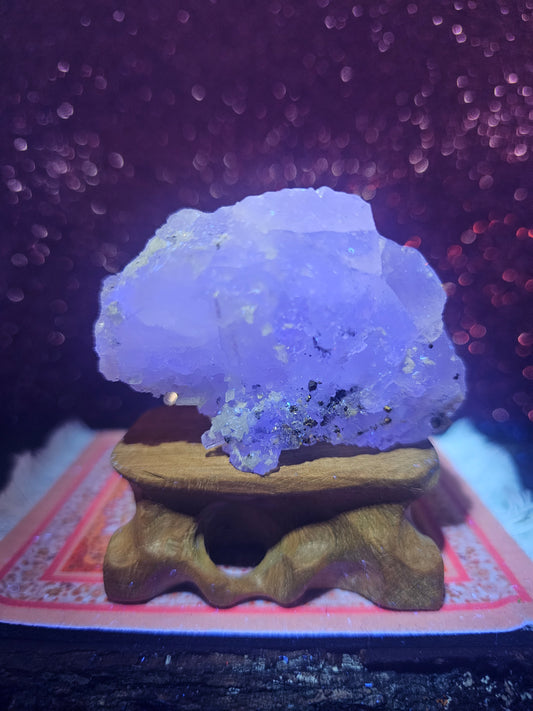Nature has always been a treasure trove of remarkable minerals and gemstones, each with its unique allure and practical applications. Among these hidden gems lies rutile, an exquisite mineral that captivates with its distinctive golden needles and displays an array of intriguing properties. In this blog post, we embark on a journey to explore the world of rutile, uncovering its fascinating characteristics, historical significance, and diverse applications across various fields.
-
Understanding Rutile: Rutile is a mineral composed primarily of titanium dioxide (TiO₂) and belongs to the tetragonal crystal system. It is renowned for its needle-like crystal formations, which can range in color from golden yellow to reddish-brown and even black. These inclusions often occur within other minerals, such as quartz, garnet, and corundum, adding an enchanting visual effect to the host gemstone.
-
Geological Origins: Rutile forms through a combination of processes, typically arising in metamorphic and igneous environments. It can be found in various locations around the world, including Australia, Brazil, Madagascar, and Switzerland. Notably, some of the finest specimens originate from the classic localities of Graves Mountain in Georgia, USA, and Novo Horizonte in Brazil.
-
Aesthetics and Gemstone Applications: The exquisite needle-like rutile inclusions make it a sought-after gemstone inclusion, adding a unique charm to the host mineral. In quartz, rutile needles create the captivating phenomenon known as "rutilated quartz," captivating the viewer with golden threads shimmering within a translucent crystal. These gemstones often undergo faceting or carving, enhancing their beauty and creating stunning jewelry pieces.
-
Historical Significance: Rutile has a rich historical background, and its name derives from the Latin word "rutilus," meaning "reddish." Ancient civilizations revered rutile for its mythical and healing properties. It was believed to grant protection, enhance psychic abilities, and bring balance to one's life force. This mineral holds significance in various cultural and spiritual practices, contributing to its enduring popularity.
-
Industrial Applications: Beyond its role as a mesmerizing gemstone inclusion, rutile has extensive industrial applications. Due to its high refractive index, it is used in the manufacturing of optical devices, including camera lenses and microscopes. Additionally, its resistance to high temperatures and chemicals makes it a valuable component in the production of ceramics, electrical insulation, and welding electrodes.
-
Scientific Applications: Rutile's unique properties make it a valuable material in scientific research and technological advancements. Its high index of refraction enables its use in the production of thin-film coatings for lenses, windows, and mirrors. Furthermore, rutile serves as a catalyst in various chemical reactions and finds applications in solar cells, water treatment, and energy storage devices.
-
Rutile and Gemstone Healing: In the realm of alternative therapies and crystal healing, rutile holds significance for its alleged metaphysical properties. Believers in crystal energy suggest that rutile can help stimulate one's spiritual growth, enhance intuition, and promote positive energy flow. However, it's important to approach such claims with a balanced perspective, acknowledging that individual experiences may vary.
Rutile stands as a testament to the wonders found in the Earth's vast geological diversity. Its golden needles embedded within host minerals create an ethereal visual effect, captivating both gem enthusiasts and scientific researchers alike. From its historical significance to its applications in industries and gemstone healing, rutile continues to enthrall us with its remarkable properties. Whether admired as a captivating inclusion in jewelry or harnessed for its practical applications, rutile truly represents nature's enduring beauty and versatility.





